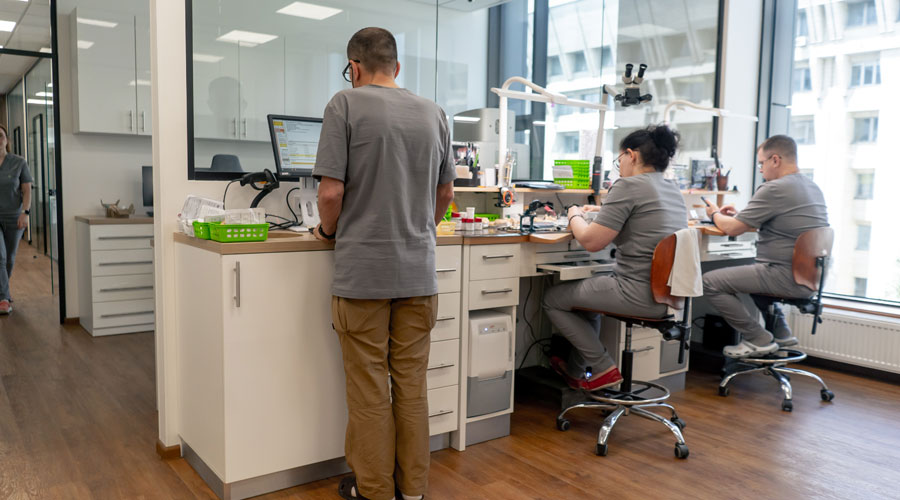Ensuring employee safety and reducing the risk of workplace accidents remain top priorities for organizations across all sectors. While many aspects of occupational safety are longstanding, the field is constantly evolving. To stay ahead, employers need to be aware of emerging trends and adapt their risk management strategies accordingly. Here are five key trends currently shaping the occupational safety landscape:
- Bolstering safety through technology— Employers are increasingly adopting safety technologies to reduce risk and respond to hazards more effectively. Artificial intelligence-powered wearable smart devices and sensors can detect fatigue, ergonomic issues, and environmental risks in real-time. Virtual reality is also being used to simulate workplace scenarios and improve training. To mitigate safety concerns, organizations should integrate these tools into their risk management strategies and consult IT professionals to ensure proper implementation.
- Prioritizing mental health—The rise in poor mental health among employees is impacting workplace safety, as stressed individuals may be less focused, engaged and aware of hazards, which could lead to poor decisions and increased risk. To mitigate this, employers should foster a working environment that promotes overall well-being and encourages open communication around mental health. Regular staff check-ins and dedicated well-being initiatives (e.g., stress management programs and mental health days) can support this goal.
- Supporting remote worker safety—Remote work has introduced new safety challenges. Employees often face heavier workloads and irregular hours, which increases the risk of eyestrain, stress, and fatigue. Poor ergonomic setups (e.g., unsupportive chairs) can also lead to musculoskeletal issues. To mitigate these risks, employers should incorporate safety measures into their remote work policies, provide ergonomics training, and consider funding suitable workstation equipment.
- Promoting safety through sustainability— Environmental factors play a growing role in workplace safety. Environmental neglect can expose employees to long-term health risks, including respiratory and cardiovascular conditions. However, by aligning operations with current environmental standards, employers can foster a healthier workforce and strengthen their reputation. Key initiatives include adopting energy-efficient equipment, improving air and water filtration, managing waste responsibly, using sustainable personal protective equipment and offsetting carbon emissions.
- Building a culture of safety—Building a strong safety culture is becoming a strategic focus for many organizations. Beyond preventing injuries, it can boost morale, enhance productivity and reinforce compliance. Employers are increasingly involving leadership in safety initiatives and encouraging staff to take an active role in identifying and addressing risks. Common approaches include regular safety meetings, visible signage, written resources, and recognition for employees who demonstrate a safety-minded approach.
As the modern workplace continues to evolve, safety is no longer limited to physical hazards; it also encompasses mental health and well-being. Today’s safety trends encompass mental health, remote working conditions, environmental responsibility, and broader operational factors. To remain resilient, organizations must stay agile and proactively adapt to these developments to build safer and more sustainable working environments.

